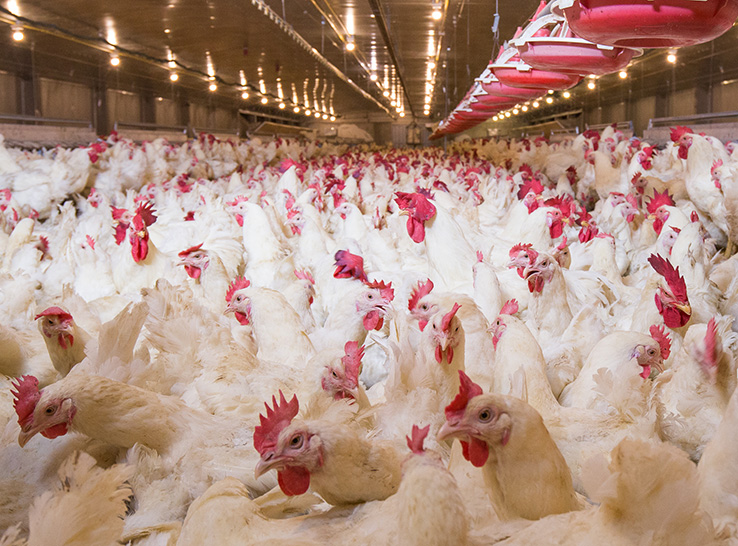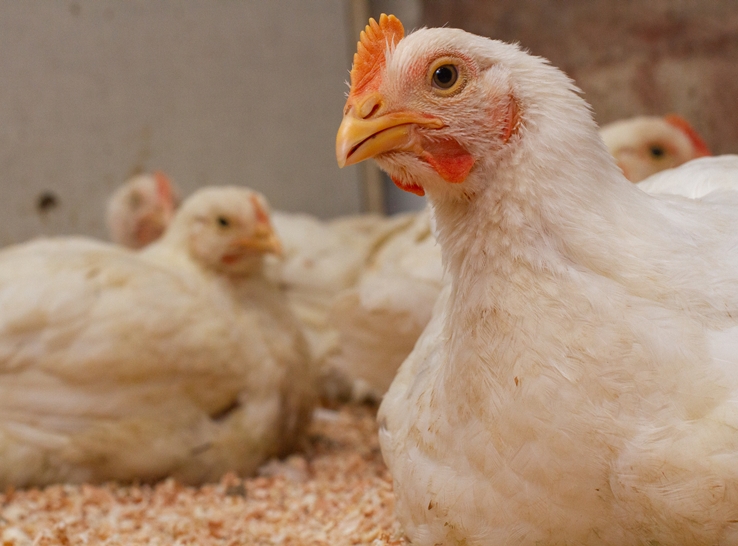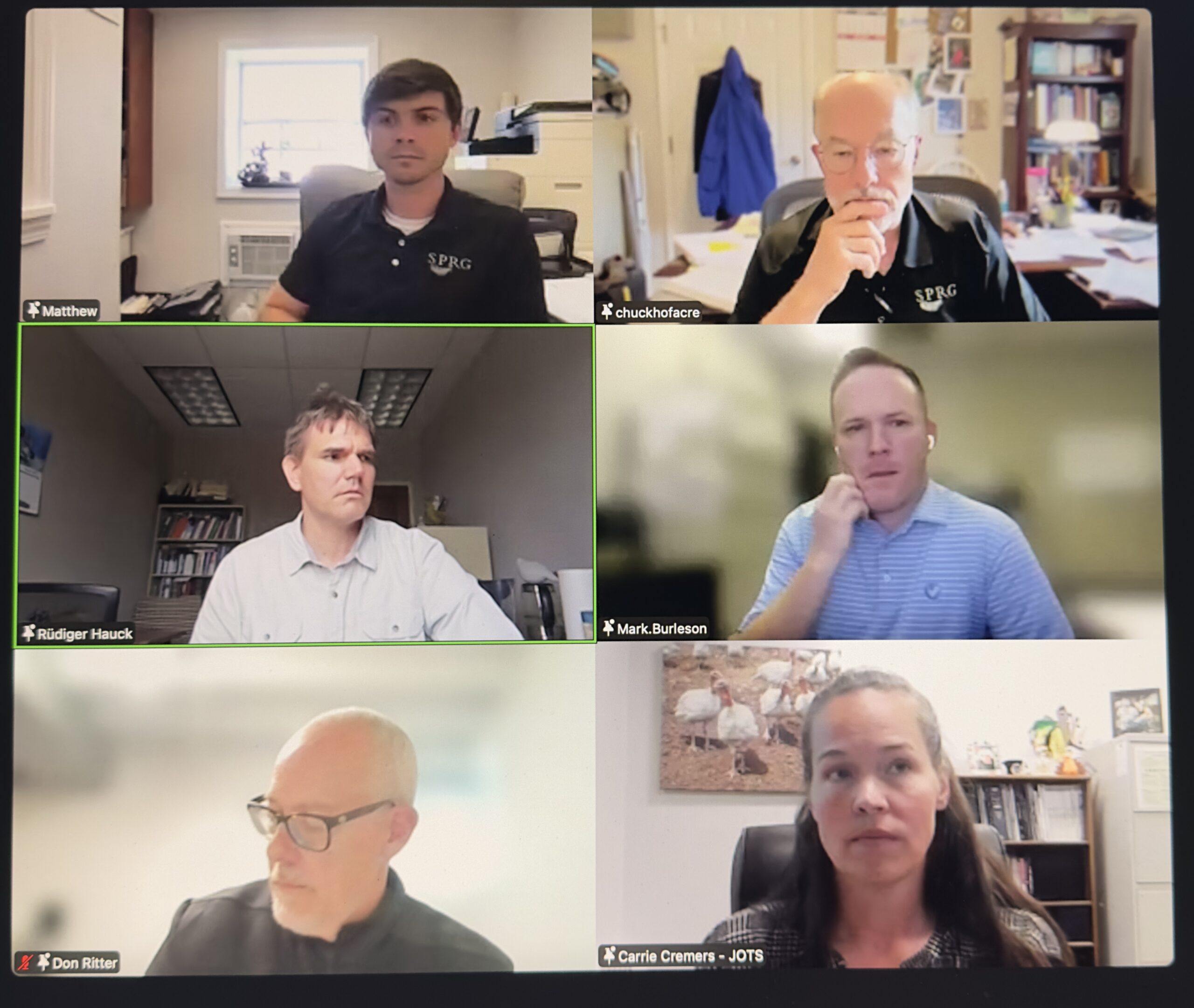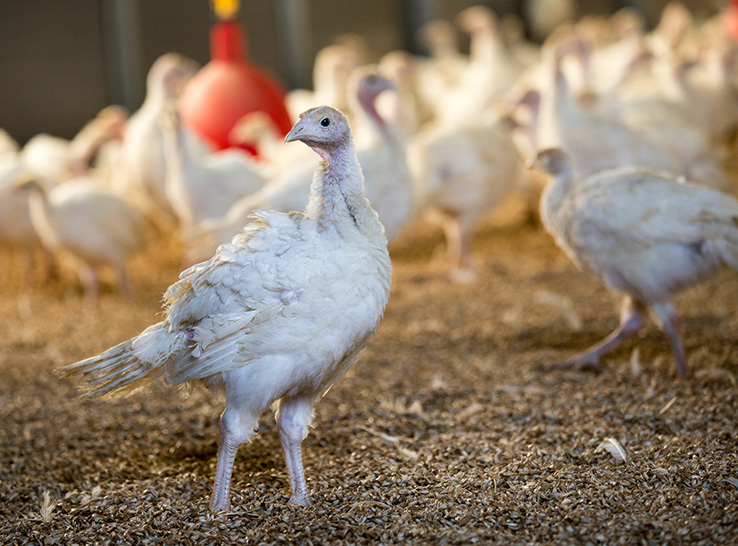Known for high mortality and low morbidity, gangrenous dermatitis (GD) continues to evade answers as researchers investigate potential stressors that trigger an outbreak.
“There are probably six or eight major variables that contribute to a GD challenge,” reported Matthew Jones, DVM, Southern Poultry Research Group (SPRG). “As you can imagine, it’s quite difficult to model a disease with many different factors and compound it with timing and repeated exposure.”
“And I think it’s one reason we don’t have answers for GD,” he added. Jones discussed the challenges of GD research during a webinar hosted by the American Association of Avian Pathologists.
Creating a GD model
“GD is typically seen in the field around 35 days of age, when a lot of resources have already gone into those birds,” Jones said. “So, the disease represents a significant economic loss.
“A hallmark of the disease is rapid decomposition,” he continued. “You go through the house in the afternoon and pick up mortalities. The next day, you find dead birds that look like they’ve been there for 48 to 72 hours.”
At SPRG, Jones is conducting research to identify circumstances that will lead to an outbreak of GD. Once an outbreak is replicated, researchers can develop interventions. Unfortunately, replicating GD remains elusive.
But progress is being made. Jones and SPRG researchers verified that Clostridium septicum plays a role in immunosuppression, which can lead to GD. They also verified that a coccidia challenge did not appear to influence a GD outbreak.
Another breakthrough came when they coupled an Eimeria challenge with reused litter in a trial. Some birds experienced mortality “similar to” GD, and culture tests were positive for C. septicum.
“We did have some success with this combined-stress event,” Jones explained. “Next, we went to the floor-pen model, where it is harder to control the environment. We did not have GD mortalities with that model.
“Now, we are back at establishing a baseline and repeating that exact set of stressors used in the study to reproduce it,” he related. “Slowly, one at a time, we will eliminate the variables.”
Field experience with ionophores and GD
Although research hasn’t determined clear answers for GD, experience in the field has produced some solutions. “If you talk to producers who have GD in their poultry houses, they have a specific set program in place that is effective,” Jones said.
A panel of poultry professionals joined Jones during the webinar to discuss field experiences that help control GD. At the top of the list was a connection between the use of ionophores and GD outbreaks.
“There’s something going on with the microflora when chickens are on ionophores,” reported Don Ritter, DVM, independent consultant, Poultry Business Solutions.
“When chickens are on ionophores, they frequently get this bloom of Clostridium that escapes the gut and ends up on the skin,” he said. “You switch off the ionophores and the dermatitis is noticeably down.
“I really think this inside-out route is accurate. It’s a bacterial translocation disease, starting in the gut and then moving to the skin and liver. But I don’t know the trigger that lets it out,” Ritter added.
“There may be a gut flora that needs to be there, and the ionophore shoves it one way or another,” stated Chuck Hofacre, DVM, SPRG. “We’ve tried saving the litter from a successful study and using it again. That may be where ionophores come in, because certain bugs are needed to allow C. septicum to get out when shifted by the ionophore.”
“I agree on the ionophores, specifically if they are fed in the dermatitis window, which for us is 35 to 45 days of age,” stated Mark Burleson, DVM, director of veterinary services, Wayne Farms. “If we take ionophores out of grower diets by 32 days, it significantly reduces dermatitis.
“Other GD triggers in broilers are repeater farms, overcrowded pens, feed outages and wet floors,” he added.
Turkey control options
“I don’t think ionophores have the same effect in turkeys as chickens,” reported Carrie Cremers, DVM, manager of technical service and animal welfare at Jennie-O. “We start seeing GD in our turkeys at 15 to 16 weeks of age when they have been off ionophores for a while.
“Depending on genetics and leg issues, flocks with more leg issues will have more GD than flocks with good, strong healthy legs,” she added.
“What helps prevent GD is keeping litter dry and doing a full clean if there are high loads of C. septicum. Picking up dead birds more often, especially on chronic GD farms, helps as well.
“Plus, we will run some copper-type products that seem to help hold off GD, especially if caught early,” Cremers added.
Control options like these will help keep GD at bay in some poultry operations. But research such as Jones’ is needed to fully understand and control GD outbreaks in most flocks.









